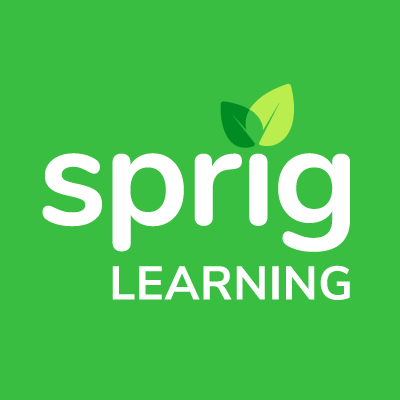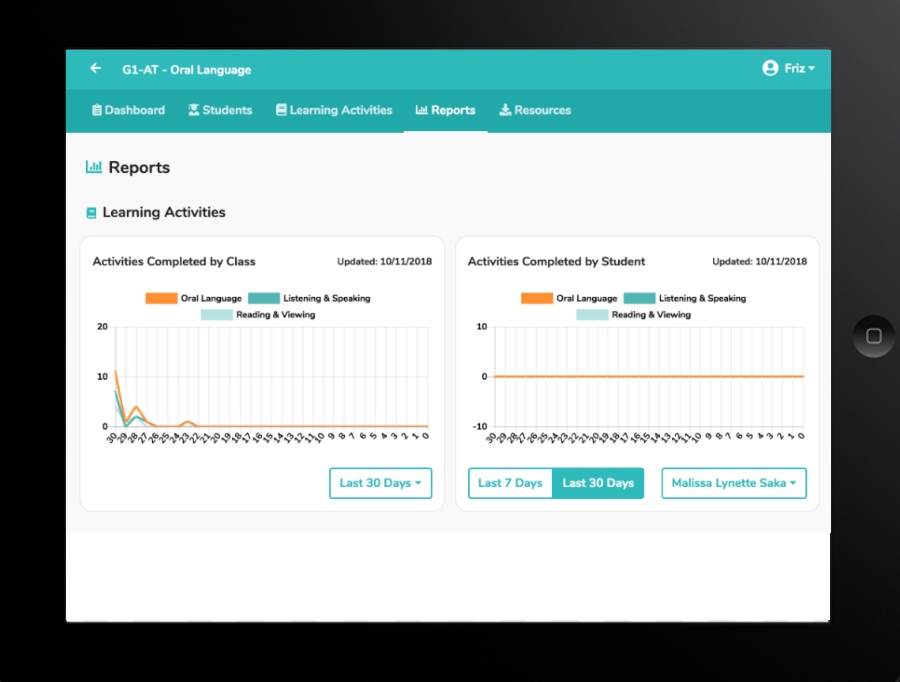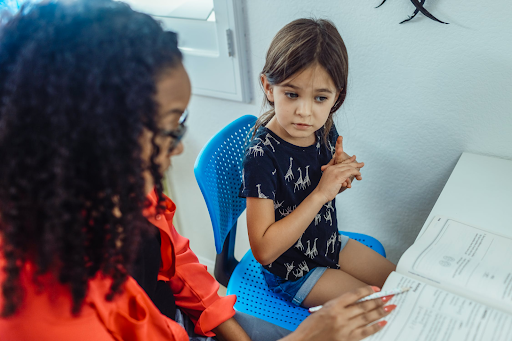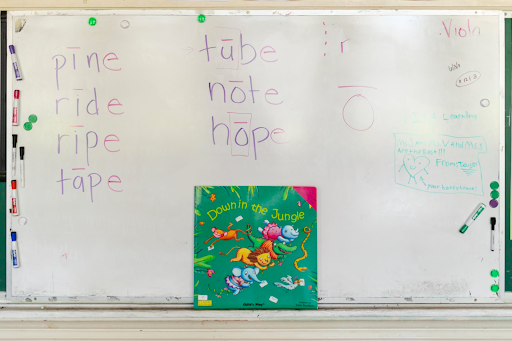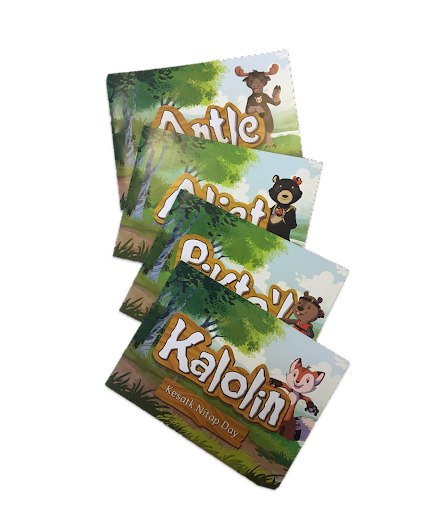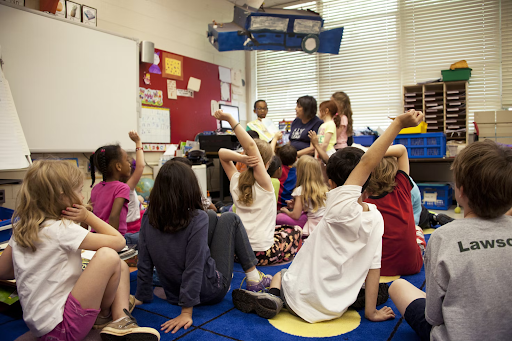Sprig Learning Partners With Joyful Literacy To Develop a New Evidence-Based Early Literacy Teacher App
Post-pandemic, there are sporadic glimpses of learning recovery across Canada and the US. But progress is slow. Many young learners in preschool, kindergarten and the early elementary grades are still struggling from missed or interrupted learning opportunities. Now more than ever, research indicates that many students are not reading at grade-level. It is estimated that 25% of Canadian students, and 65% of American students, are not reading at grade level by the end of grade 3 and 4, respectively. Low literacy rates are even higher for marginalized students and the last few years of the pandemic have exacerbated the low literacy challenge.
Sprig Learning was purpose-built to help provide every student with a fair shot at success. To date, we have worked with schools across North America to improve the assessment process in the early years, support teachers and provide all young learners with the chance to succeed in both school and in life. We have helped thousands of early learners acquire the fundamentals of early literacy and numeracy.
Sprig Learning’s early literacy tools are built around the Science of Reading. To take the next big leap in early literacy innovation, Sprig is excited to partner with Dr. Janet Mort and her Joyful Literacy team to bring you Sprig Reading: Powered by Joyful Literacy! Joyful Literacy is a proven, evidence-based literacy framework that has consistently improved classrooms to 90% grade-level literacy achievement. Wherever it is implemented, the results soon follow!
Dr. Janet Mort, founder of the Joyful Literacy Framework says, “Our team spent eight years developing and implementing the Joyful Literacy Intervention Framework to prove we could achieve literacy proficiency for struggling early learners. Partnering with Sprig Learning allows us to take the next big step in advancing the cause for early literacy, making it easier for teachers to support a classroom full of diverse learners.”
With Sprig Reading: Powered by Joyful Literacy, teachers will now be able to assess and track all of the Foundational Literacy Skills required for JK to Grade 3 learners to become strong and confident readers. The early literacy platform makes it easy for teachers to formatively assess students and differentiate them into groups according to their need for practice or instruction.
“All students across the world deserve the right to read. When we learned about the Joyful Literacy methodology, and its repeated success locally in British Columbia and in Washington State, we immediately saw the potential to integrate our holistic learning technology, provide scale to the solution and bring this opportunity to all young learners across the world”, says Jarrett Laughlin, Founder and CEO of Sprig Learning.
Sprig Reading will be available for purchase for the 2022-23 school year.
Why Now? Impetus for Action.

The pandemic has widened the literacy gap, but it is not responsible for the great divide in reading skills between students reading at grade level and those students falling behind reading standards.
Literacy inequity and access to high-quality early learning education is at the core of the literacy gap that has emerged.
Not enough early learners have access to the type of reading content, instruction, environment and assessment that will increase their likelihood of becoming proficient readers.
With Sprig Reading, teachers will be appropriately equipped to take immediate action.
With the power to track every foundational reading skill over the course of a student’s early learning experience, every young learner’s potential to ready successfully is maximized, including those who need the extra help, and students with dyslexia and other learning disabilities.
What Makes Sprig Reading Special? Time-tested Proven Strategies That Improve Early Literacy.
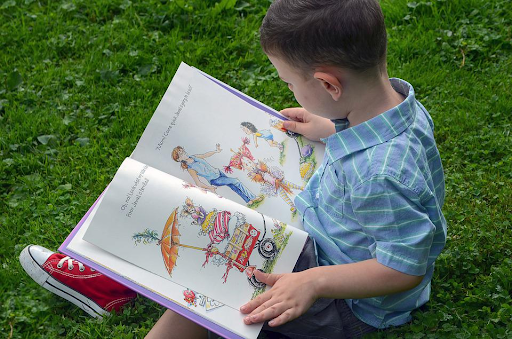
Sprig has often written about how to help struggling readers. Topics range from the keys to literacy development in the early years, to thoughtful considerations for building early literacy skills in schools.
Ultimately, there is consensus on what works in achieving early literacy.
To summarize, there are three main strategies that have proven to turn children into successful readers by the time they complete Grade 3. There are subsets, but these are the three most important strategies.
- Explicit, Systematic and Sequential Instruction.
- Extensive Practice With Literacy Skills and Shared Reading Experiences
- Assessment and Tracking
Sprig Reading is fully immersed in all three.
The following three paragraphs address Sprig Reading’s connection to each strategy.
Explicit, Systematic and Sequential Instruction
Research shows that in order to teach reading, actual reading concepts and skills must be taught in a system that is explicit, systematic and sequential. Such skills and concepts have been identified by researchers in renowned literacy journals. Organizations like The National Early Literacy Panel have published reports listing all the foundational early literacy skills.
Sprig Reading focuses on the following seven Foundational Skills that require mastery:
- Phonics.
- Phonemic awareness.
- Shared reading and concepts of print.
- Rapid automatized naming.
- Vocabulary, oral language and word study.
- Fluency.
- Comprehension.
In this interactive teacher platform, the act of reading is broken down to its various components, and those components are assessed and taught by the teacher. This is also referred to what is known as the Science of Reading. Hundreds of essential literacy skills are presented in foundational skill-sets and in a science-based sequence.
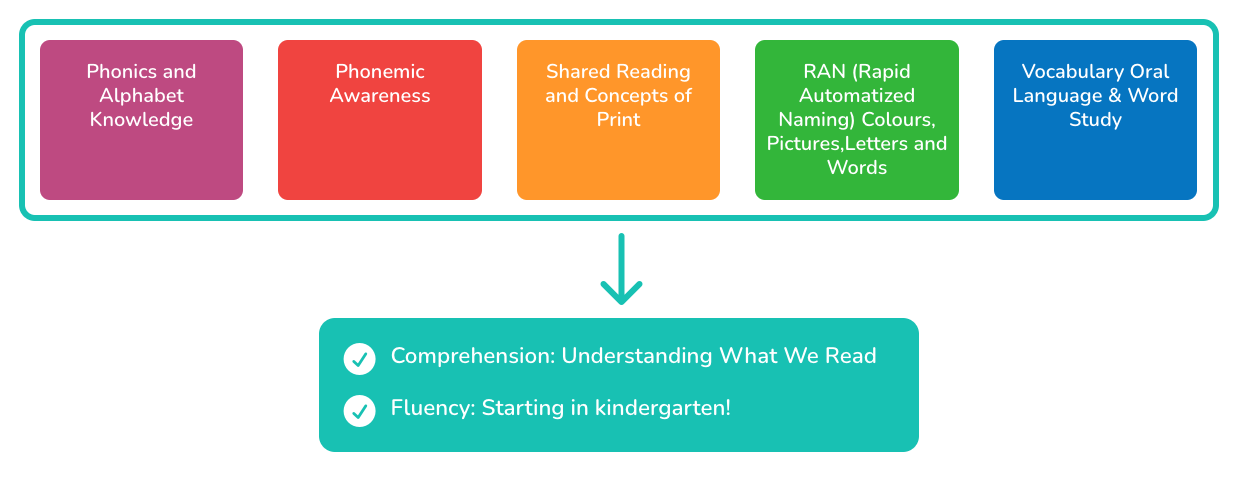
Extensive Practice With Literacy Skills and Shared Reading Experiences
Without the actual habit of reading, the lessons taught about reading do not blossom into the ability to read. The skills and concepts taught in class must be practiced, assessed and practiced again, so the child improves on all Foundational Skills.
The application of reading skills is also related to studies which say that early learners must be exposed to a certain number of words growing up, and their parents must be involved in their education and read to them. It’s when children get this combination of practice and exposure, that they begin to flourish as readers.
Sprig Reading ensures that every student gets enough practice in all of the skills in the foundational skill-sets. Educators are able to effortlessly track all these skills and celebrate progress with parents. They can recommend activities that work on certain reading skills to parents, which can be practiced at home with their children.
Assessment and Tracking
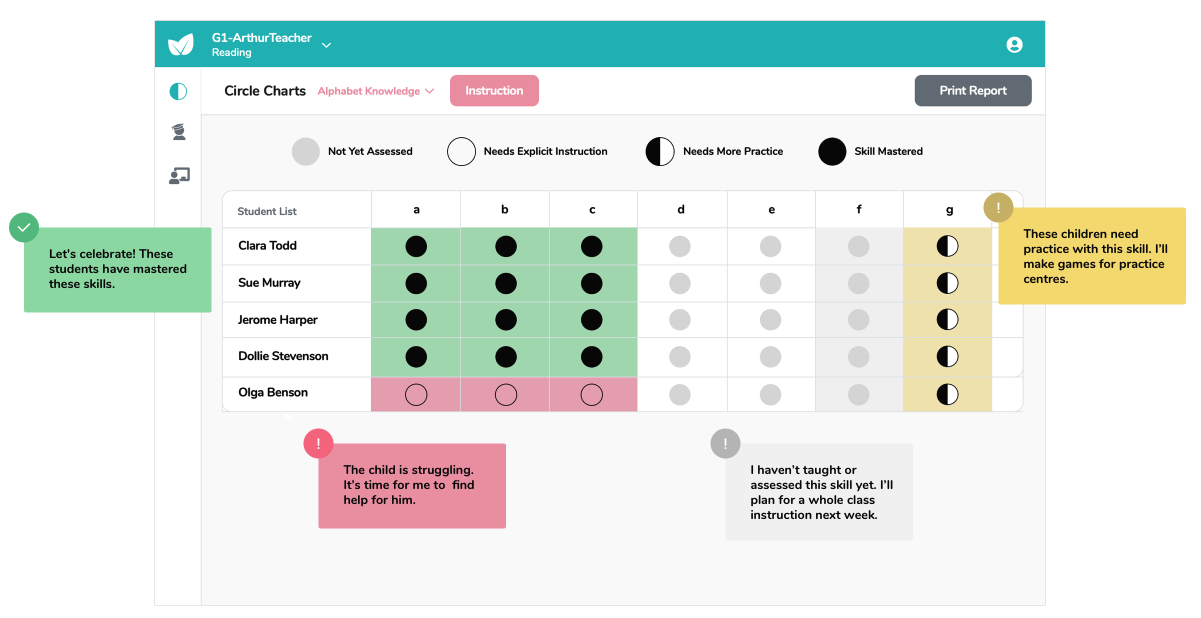
Children must learn hundreds of reading skills by the end of Grade three to read fluently.
The Sprig Reading App, powered by Joyful Literacy, allows teachers to readily assess and track all essential skills and group children for targeted instruction.
Formative assessments and targeted instruction have been two major pillars of success when it comes to early learning. Sprig Learning has written extensively on both.
Sprig Reading’s circle charts empowers educators to both formatively assess and differentiate instruction. In the app, they are given instructions on how to assess students for each skill, and they are able to plan weekly, organizing children according to skill mastery, need for more practice, and need for explicit instruction
It’s a complete reading skill curriculum based on the Science of Reading, packed into a powerful app that can be accessed anywhere at any time. This data-driven tool allows educators to digitally plan, assess and track skill mastery for diverse classrooms. Learning is accelerated and interventions are applied as necessary. Every child makes progress, even those vulnerable in preschool and kindergarten.
More Reasons Why Sprig Reading Is Unique

Sprig Reading is a comprehensive early literacy teacher app, designed by educators using both practical classroom experience and academic research experience.
Dr. Janet Mort packs years of invaluable experience designing a Science of Reading-based curriculum into the creation of the Sprig Reading app. Dr. Mort was awarded the Order of BC for her early learning literacy achievements. Teachers feel confident about the connections between the existing research-based best practices and their instruction in the classroom.
Every last Foundational Skill is thoroughly defined and teachers are provided instructions for teaching strategies and follow-up assessments for those foundational skills.
What previously needed the purchase of several instructional materials and resources, can now be digitally implemented for schools and classrooms with a subscription only. Further training in the form of professional development is available to those who require it.
Sprig Reading takes the direct, explicit, sequential and diagnostic way of teaching, and simplifies it into an intuitive ready-to-go solution that benefits both the teacher and the student.
The end result is that every child makes meaningful progress. They are given access to a state-of-the art reading program based on the Science of Reading. The educator is also put in a position to help every struggling reader, including those with dyslexia and other learning disabilities, leading to what we hope is true literacy equity.
Sprig Learning is thrilled to partner with Joyful Literacy to provide teachers with the tools that help solve this all-important issue of reading mastery. More details, announcements and exclusive previews will be released over the next several weeks.
Signup up to stay updated. Let’s provide every child a fair shot at success!
Further Resources:
To access further information about the Joyful Literacy framework, see Dr. Mort’s books as listed below.
The Joyful Literacy Interventions Framework: Closing Literacy Skill Gaps
Joyful Literacy and Parent Power: You can teach your child at home.
Joyful Literacy Interventions: PART ONE Early Learning Classroom Essentials
Putting on the Blitz: Our Breakthrough Methodology!: Joyful Literacy Interventions – Part Two
